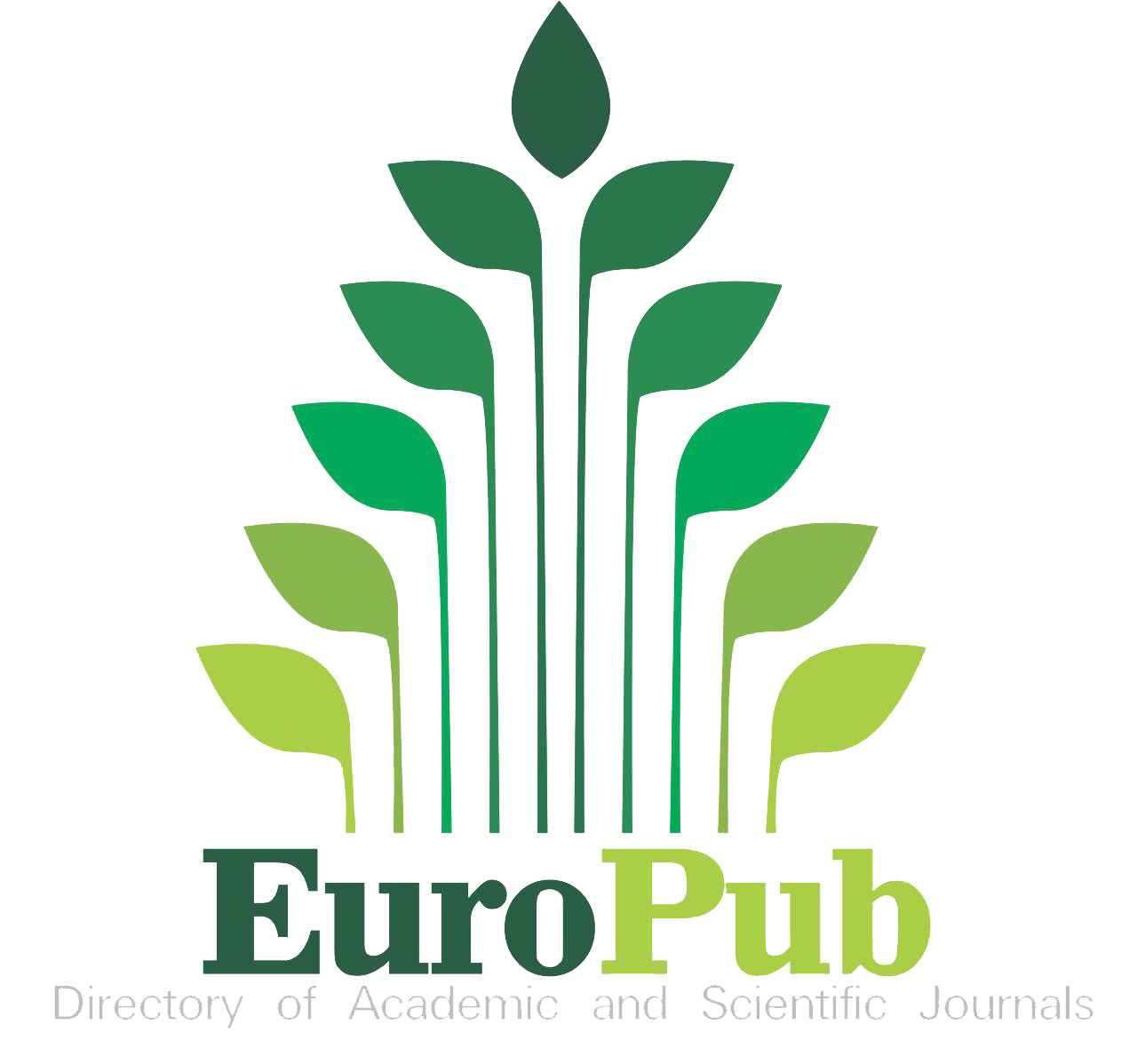Literacy Education
helping EFL students achieve better learning outcomes
DOI:
https://doi.org/10.56724/ladu.v2i2.99Keywords:
literacy, 6 types of KKNI assignments, bilingual book, folklore drama scriptAbstract
Background: The development of technology has led to an increase in the interest of teenagers and students towards modern literary works so that literary works based on local wisdom are starting to be neglected.
Purpose: This is the basis of this study developed to improve student literacy competence through the making of It-Based Bilingual Book of Folklore Drama Script which also aims to foster students’ interest in local culture.
Design and methods: Classroom Action Research Method is used in this study.
Results: The improving literacy competence experienced by students can be seen from the evaluation of the performance of the assignments they do. In Routine Task, students have an average score of 86.54. In Critical Journal Review task, the students' average has a literacy competence score of 87.90. In the Critical Book Review task, students have an average score of 89.33. Through the Mini Research task, the average score was 91.90. In the Idea Engineering tasks, the average score of students reached 90.27. In project assignments, it can be seen that the students' literacy competence increases in the aspects of reading, understanding and speaking with an average score of 94.09.
Downloads
References
Devitasari, V. (2019). PENCIPTAAN NASKAH DRAMA BHRE SATYA PALASTRA. TONIL: Jurnal Kajian Sastra, Teater Dan Sinema, 15(1). https://doi.org/10.24821/tnl.v15i1.3280 DOI: https://doi.org/10.24821/tnl.v15i1.3280
Ellisafny, C. A. P. (2019). Learning Folklore Using English Language Teaching (ELT) Materials for Students. Culturalistics: Journal of Cultural, Literary, and Linguistic Studies, 3(2), 13–17. DOI: https://doi.org/10.14710/culturalistics.v3i2.6607
Gao, Y., & Dowdy, J. K. (2014). Using Drama to Engage Language Learners in Literacy Activities. Ohio Reading Teacher, 44(1), 28–34.
Ismayani, R. M. (2013). Kreativitas dalam Pembelajaran Literasi Teks Sastra. Semantik, 2(2), 67–86. https://doi.org/10.22460/semantik.v2i2.p67-86 DOI: https://doi.org/10.22460/semantik.v2i2.p67-86
Kern, R. (2000). Literacy and Language Teaching. Oxford University Press.
Lizawati, L. (2018). Cerita Rakyat Sebagai Sarana Pendidikan Karakter dalam Membangun Generasi Literat. SeBaSa, 1(1), 19–26. https://doi.org/10.29408/sbs.v1i1.795 DOI: https://doi.org/10.29408/sbs.v1i1.795
Lubis, F. K., & Bahri, S. (2021). Enhancing Students’ Literacy Competence Through Writing Bilingual Folklore Book by IT: Process Approach. Randwick International of Education and Linguistics Science Journal, 2(1), 105–115. https://doi.org/10.47175/rielsj.v2i1.205 DOI: https://doi.org/10.47175/rielsj.v2i1.205
Mohzana, M. (2018). Improving Drama Script Writing Skills Through Method of Learning Scientific Grade VIII Junior High School Negeri 1 Selong Years Lessons 2013/2014. VELES Voices of English Language Education Society, 1(1).
https://doi.org/10.29408/veles.v1i1.639 DOI: https://doi.org/10.29408/veles.v1i1.639
Page, C. (2017). Biliteracy across Scripts: Implications for Language Development in Southeast Asia. Journal of the Southeast Asian Linguistics Society, 10(1), 36–44.
Rohmah, T. R. S. (2018). MEMBANGUN KEARIFAN LOKAL MELALUI GERAKAN LITERASI MIBANDA (MICINTA BACA TULIS AKSARA SUNDA) DI SDN SUKAHAYU KABUPATEN SUBANG. Dinamika Jurnal Ilmiah Pendidikan Dasar,
(2), 59–73. https://doi.org/10.30595/dinamika.v10i2.3890 DOI: https://doi.org/10.30595/dinamika.v10i2.3890
Talitha, S., & Mahajani, T. (2020). Analisis Literasi Media Siswa Kelas XI SMAN 9 Bogor dalam Pembelajaran Teks Drama. Pena: Jurnal Pendidikan Bahasa Dan Sastra, 10(2), 60–71
Downloads
Published
How to Cite
Issue
Section
License
Copyright (c) 2022 Syamsul Bahri, Iyehezkiel Parudani

This work is licensed under a Creative Commons Attribution 4.0 International License.
Authors who publish with this journal agree to Copyright notice.














